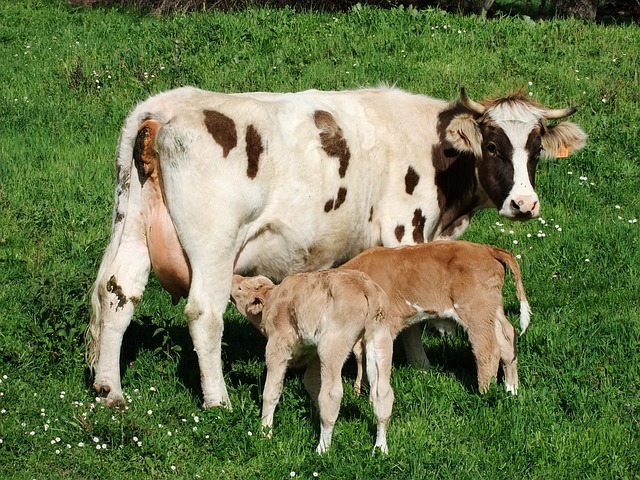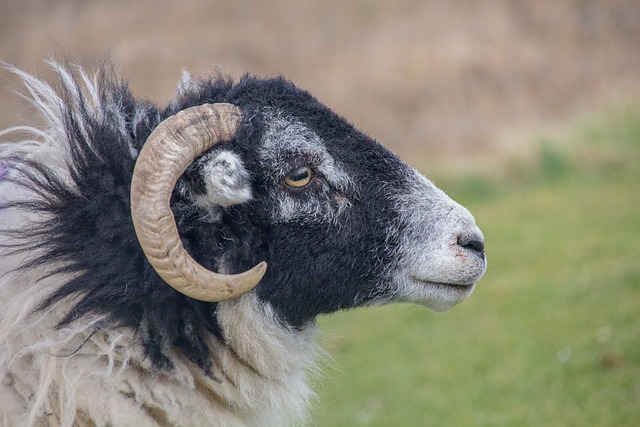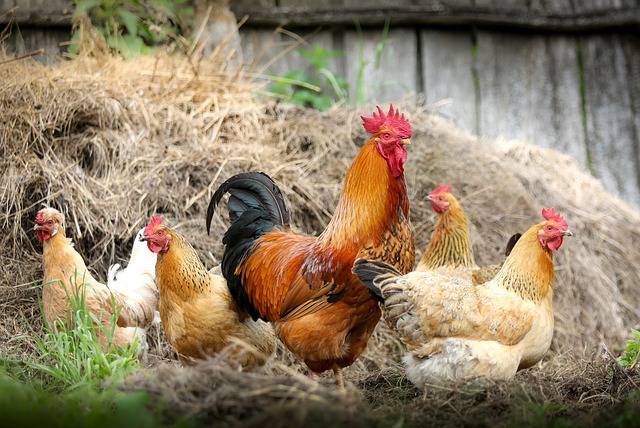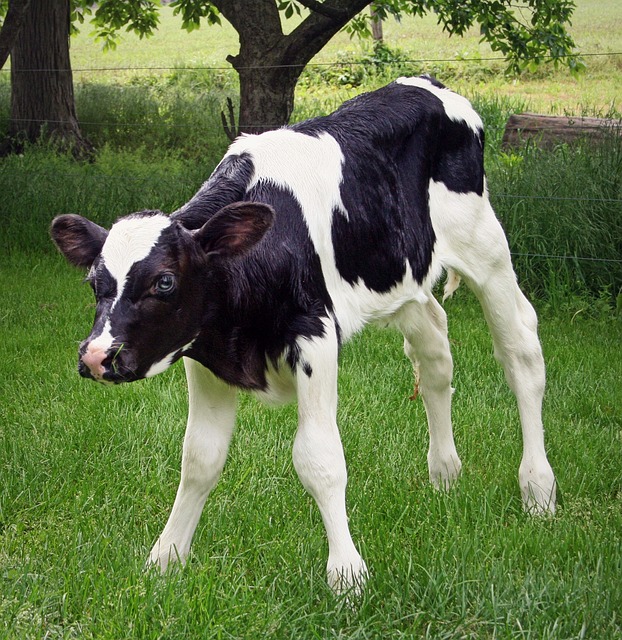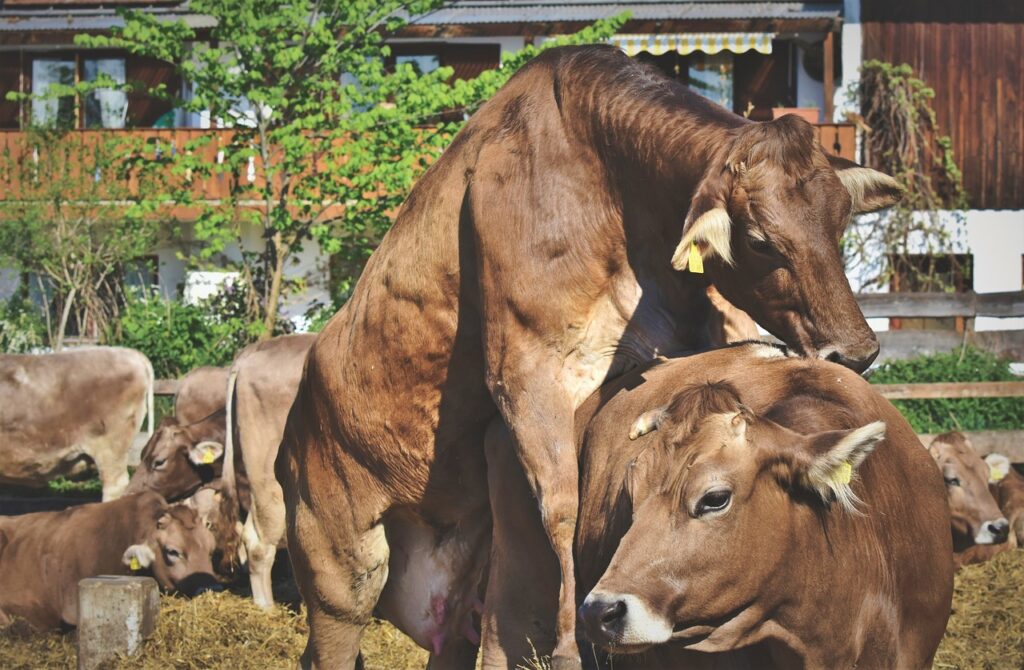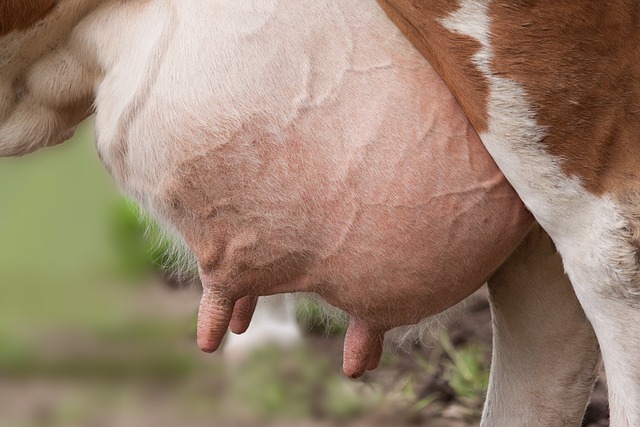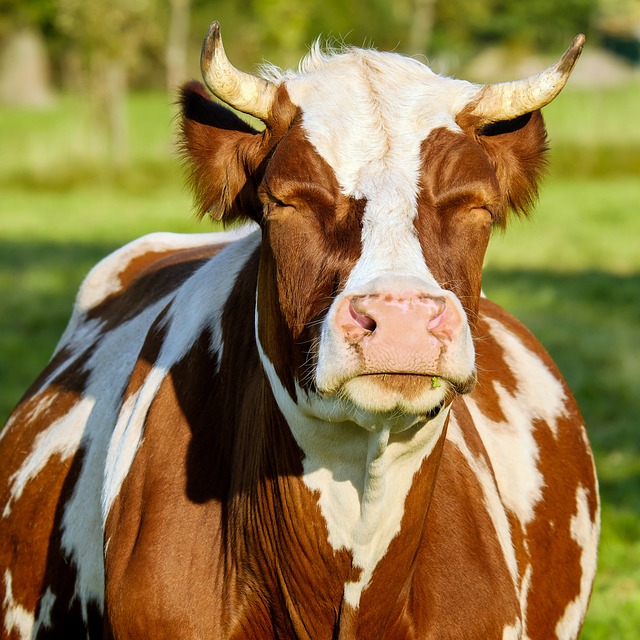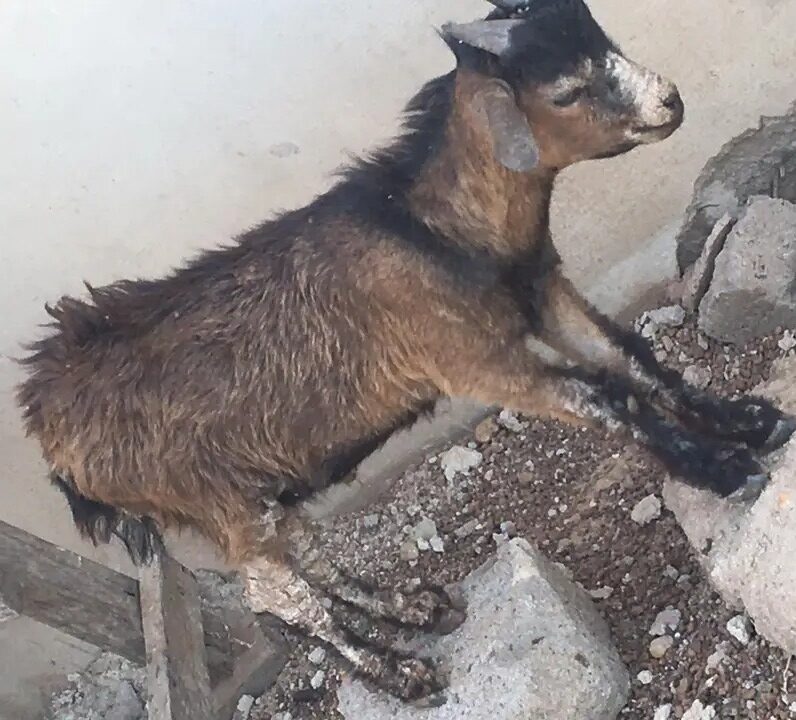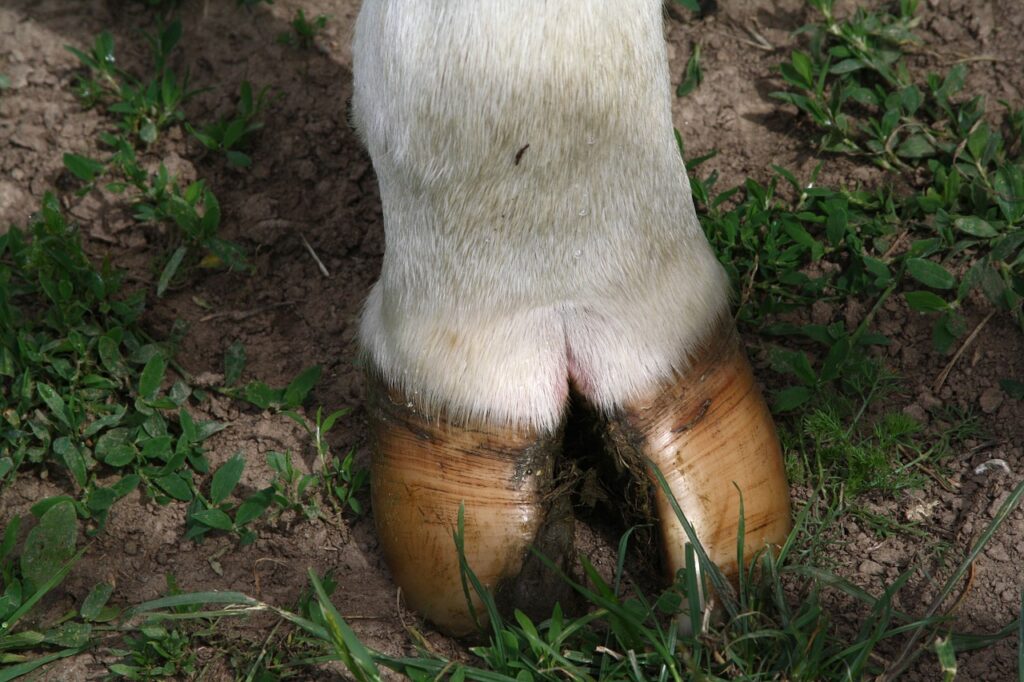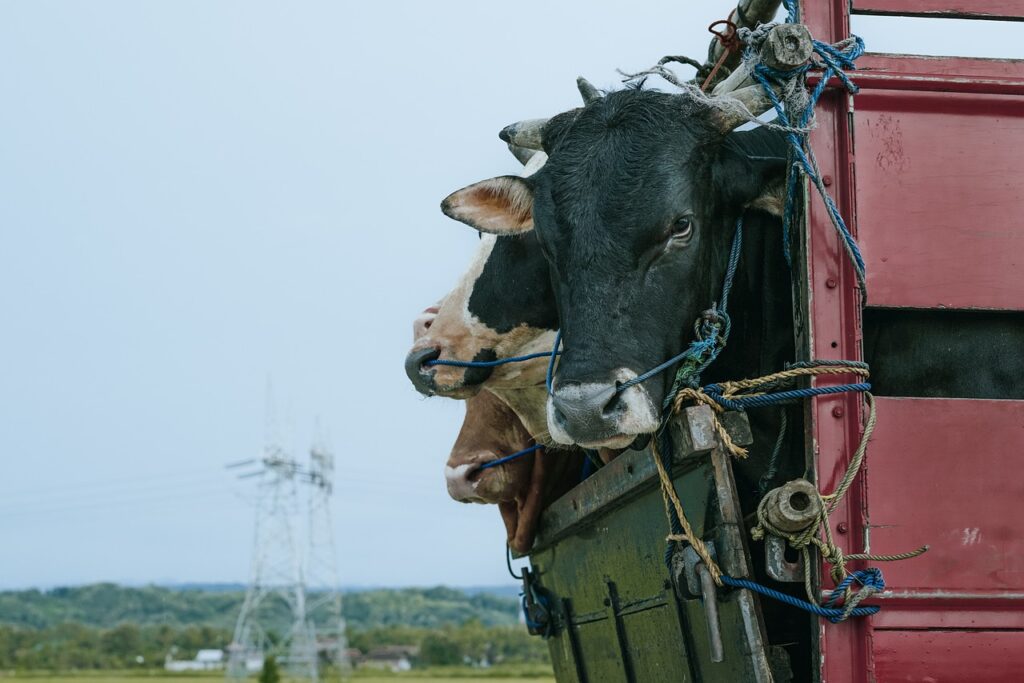The Importance of Proper Insemination Timing and Heat Detection in Enhancing Dairy Herd Fertility
One of the most significant challenges affecting herd fertility is poor heat detection and incorrect timing of insemination. Accurate timing of insemination is crucial for improving fertility rates. This article explores the intricacies of ovulation, the importance of precise timing for artificial insemination (AI), and the common causes of repeated insemination attempts. Additionally, it addresses […]

